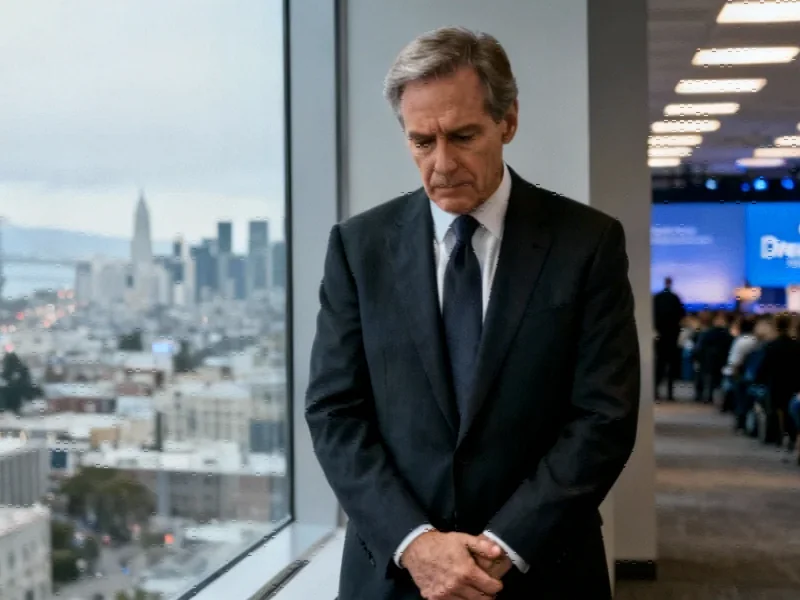According to Sifted, Monzo CEO TS Anil has stepped down after five years leading the UK neobank, to be replaced by former Google executive Diana Layfield. Anil took over from Monzo cofounder Tom Blomfield in 2020 during a challenging period for the company, which has since grown to over 12 million customers with £16.6 billion in deposits. Behind the scenes, Monzo is reportedly preparing for a potential IPO that could value the company at up to £6 billion, though industry experts have questioned this valuation. Anil stated that “great leaders make way for others,” while Monzo board chair Gary Hoffman praised his leadership and the foundations he built for the company’s future. This leadership transition comes at a critical juncture for the digital banking sector.
Table of Contents
The Pattern of Leadership Transitions at Digital Banks
What we’re witnessing at Monzo follows a familiar pattern in the fintech world where founder-led companies eventually transition to professional management. The move from cofounder Tom Blomfield to banking veteran TS Anil in 2020 represented the first major shift from entrepreneurial leadership to experienced banking leadership. Now, the transition to Diana Layfield signals another evolution – from traditional banking expertise to big tech operational scaling experience. This progression mirrors what we’ve seen at other successful fintechs that needed different leadership capabilities at different growth stages. The timing suggests Monzo’s board believes the company now requires different skills as it moves toward potential public markets.
What a Google Veteran Brings to a Neobank
Diana Layfield’s background at Google, where she spent nearly a decade, brings crucial scaling expertise that traditional banking executives often lack. Google’s approach to platform economics, data-driven decision making, and user experience optimization could be exactly what Monzo needs as it faces increasing competition from both traditional banks and other neobanks. However, this transition isn’t without risk – the cultural gap between Silicon Valley’s “move fast and break things” mentality and the regulated world of banking can be substantial. Layfield will need to balance innovation with compliance in ways that might not have been necessary in her previous roles.
The IPO Preparation Reality Check
The reported £6 billion valuation target raises important questions about Monzo’s path to profitability and sustainable growth. While the company has impressive customer numbers and deposit growth, the neobank sector has consistently struggled with profitability challenges. The timing of this leadership change suggests the board wants fresh eyes on the IPO preparation process, particularly as public market investors have become increasingly skeptical of loss-making fintech companies. Layfield’s experience with Google’s disciplined approach to scaling and monetization could be precisely what Monzo needs to convince public market investors that it can transition from growth-at-all-costs to sustainable profitability.
Navigating an Evolving Competitive Landscape
Monzo’s leadership transition comes at a time when the entire digital banking sector is facing pressure from multiple directions. Traditional banks have significantly improved their digital offerings, while Big Tech companies are making deeper moves into financial services. Meanwhile, the economic environment has made customer acquisition more expensive and highlighted the importance of diversified revenue streams beyond basic current accounts. The new CEO will need to navigate these challenges while maintaining Monzo’s distinctive brand identity and customer loyalty, which have been key competitive advantages until now.
The Execution Risks in Leadership Transitions
Leadership changes at this stage in a company’s development always carry significant execution risk. The transition period can create strategic uncertainty, slow decision-making, and potentially cause talent departures. Layfield will need to quickly establish credibility with both the existing Monzo team and the broader fintech community. Additionally, she’ll be stepping into a role where the previous CEO was widely respected internally and externally. The success of this transition will depend heavily on how well she can build on Monzo’s existing strengths while bringing new perspectives to the company’s biggest challenges, particularly around monetization and path to profitability.
Related Articles You May Find Interesting
- Chrome’s HTTPS Revolution: Why 2026 Marks the End of HTTP Era
- YouTube’s AI Pivot: Buyouts Signal Strategic Transformation
- Adobe’s AI Gambit: Why the Google Cloud Partnership Changes Everything
- Immigration Rule Change Threatens Workforce Stability
- The $500M Satellite Servicing Revolution Finally Takes Off



